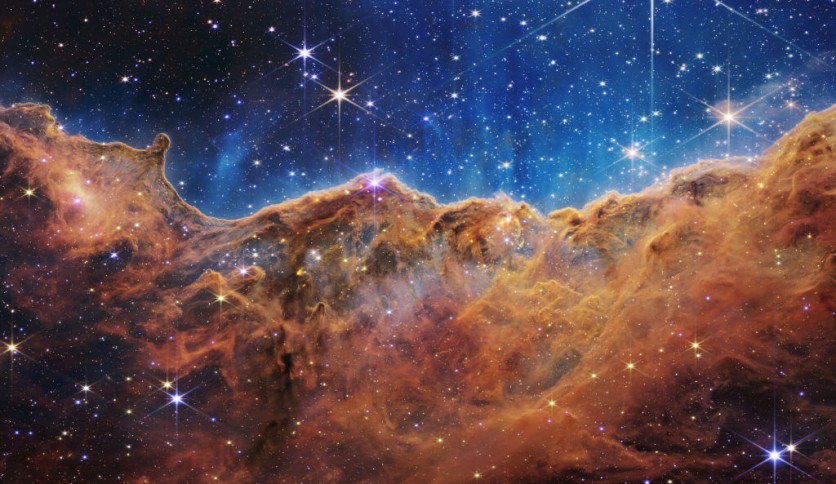
A malfunction with the ultracold camera on the James Webb Space Telescope is requiring the ground crew to postpone several observations, as reported first by Space.com.
The Mid-Infrared Instrument (MIRI) grating wheel, which enables researchers to select the wavelength of light they want to focus on, was impacted by the technical glitch.
The medium-resolution spectroscopy (MRS) mode, one of MIRI's four observation modes, uses the wheel to capture light spectra rather than pictures.
Is the Technical Glitch Serious?
According to a statement issued by NASA on Tuesday, Sept. 20, the ground control teams initially noticed friction in the wheel in late August and opted to suspend observations in the impacted mode after further examination.
"The Webb team has paused in scheduling observations using this particular observing mode while they continue to analyze its behavior and are currently developing strategies to resume MRS observations as soon as possible," NASA officials wrote in the statement.
NASA added that the observatory is in good condition, and MIRI's three additional observing modes-imaging, low-resolution spectroscopy, and coronagraphy-are all functioning normally and are still available for scientific studies.

Webb's MIRI
One of the four cutting-edge instruments on the James Webb Space Telescope, MIRI, is a combination of camera and spectrograph that records the light spectra of the far-off universe in addition to taking images.
MIRI, a mid-infrared wavelength expert, can detect light from distant galaxies and stars growing within dusty halos. MIRI is the coldest of Webb's instruments while the rest require extremely low temperatures to function.
The telescope's tennis-court-sized sunshield helps the other three instruments, NIRCam, NIRSpec, and FGS/NIRISS, attain temperatures of minus 369.4 degrees Fahrenheit (minus 223 degrees Celsius), as per Space.com.
A special type of cryocooler is needed by MIRI in addition to the sunshield to reach an even colder temperature of minus 447 degrees Fahrenheit (minus 266 degrees Celsius), which is only 12 degrees Fahrenheit (7 degrees Celsius) above absolute zero, the temperature at which atomic motion ceases.
Related Article: NASA's James Webb Space Telescope Zooms in on Mars for the First Time, Capturing Stiking Martian Details!
This article is owned by Tech Times
Written by Joaquin Victor Tacla
ⓒ 2025 TECHTIMES.com All rights reserved. Do not reproduce without permission.




